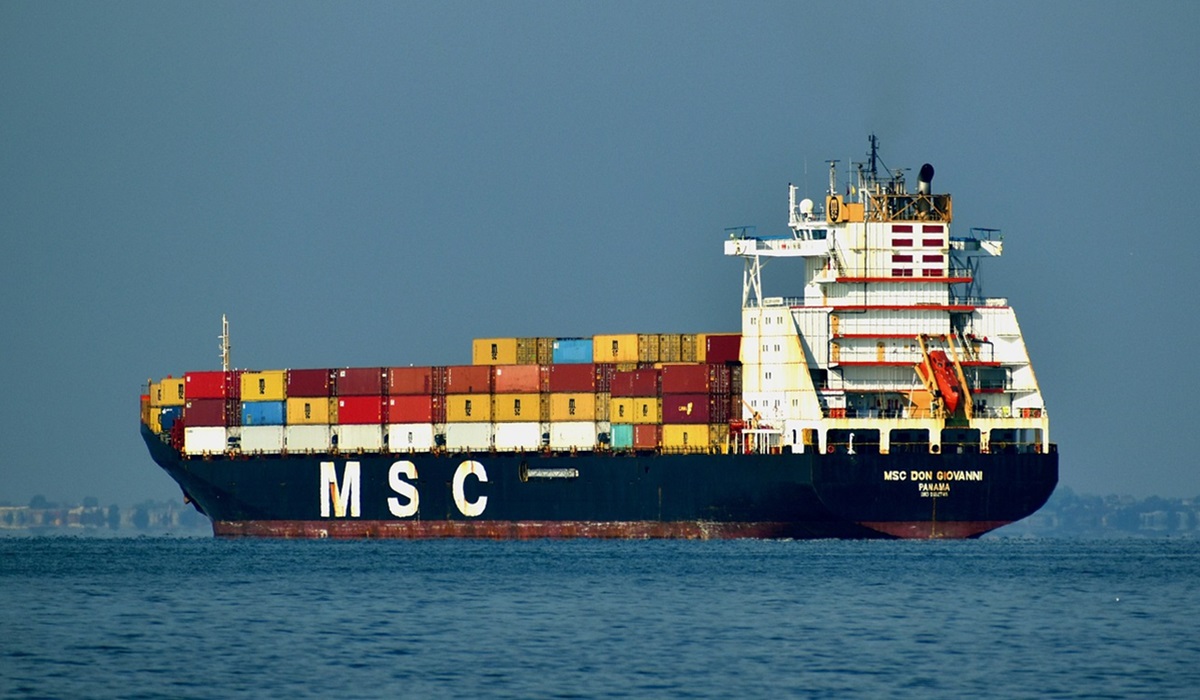Image Credit, Thanasis Papazacharias
Peru’s newly opened mega-port, developed in partnership with China, marks a transformative moment in global trade. Located in Chancay, just north of Lima, the port stands as one of South America’s most advanced trade hubs, representing a critical shift in the balance of power in global commerce. With Chinese state-owned COSCO Shipping at the helm, the project signifies not only a significant economic partnership but also a reconfiguration of global trade routes, one that challenges long-standing U.S. dominance.
For decades, Latin American exports to Asia have been forced through time-consuming and expensive routes, often relying on the Panama Canal or U.S. ports like Long Beach. This new port bypasses these chokepoints, providing a direct link between South America and Asia. The efficiencies gained are monumental: faster transit, reduced costs, and a streamlined supply chain for goods like copper, agricultural products, and textiles. For Peru, this is a financial windfall, with billions in investment and an enhanced role in the global economy. For China, it is a strategic victory in its ongoing Belt and Road Initiative, embedding itself more deeply in Latin America.
The implications for the Global South are profound. By offering a viable alternative to U.S.-centric trade frameworks, the port empowers Latin American nations to assert greater control over their economic futures. It strengthens ties between the Global South and Asia, fostering a multipolar trade system that prioritizes mutual benefit over dependency. There is no doubt the U.S. is likely to see the development as a direct challenge to its geopolitical influence.
This port is not just a piece of infrastructure; it is a declaration of independence from the historical constraints of Western-dominated trade. It sends a clear message that the Global South is no longer content to be a peripheral player in the global economy. By bypassing the entrenched power of the United States and creating a more direct route to Asia, Peru’s partnership with China is reshaping the rules of global commerce. This is not just a shift in trade logistics—it is a shift in power, and the world must take notice.









